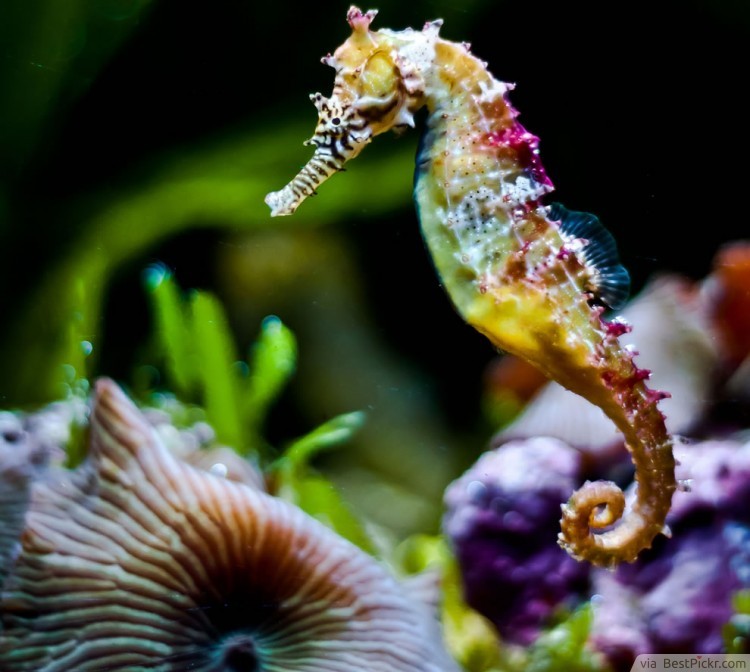This is an interesting seahorse fact not many people know - they are actually fishes. In ancient societies, they are often thought as mystical sea creatures that have magical powers to heal.
Seahorses have important characteristics that qualify them as fishes. They have gills, they need water to breathe and each of them has a swimming bladder, but during the course of evolution seahorses have developed very different features from the typical fishes we know.
They have flexible necks, prehensile tails and narrow snouts. The curve of their necks and the shape of their heads are what give them their classic horse-like look, hence the name.


